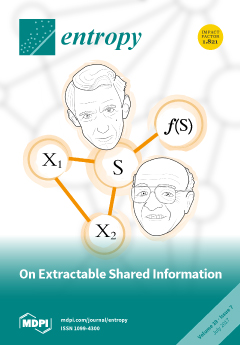This paper investigates polar codes for the additive white Gaussian noise (AWGN) channel. The scaling exponent
of polar codes for a memoryless channel
with capacity
characterizes the closest gap between the
[...] Read more.
This paper investigates polar codes for the additive white Gaussian noise (AWGN) channel. The scaling exponent
of polar codes for a memoryless channel
with capacity
characterizes the closest gap between the capacity and non-asymptotic achievable rates as follows: For a fixed
, the gap between the capacity
and the maximum non-asymptotic rate
achieved by a length-
n polar code with average error probability
scales as
, i.e.,
. It is well known that the scaling exponent
for any binary-input memoryless channel (BMC) with
is bounded above by
. Our main result shows that
remains a valid upper bound on the scaling exponent for the AWGN channel. Our proof technique involves the following two ideas: (i) The capacity of the AWGN channel can be achieved within a gap of
by using an input alphabet consisting of
n constellations and restricting the input distribution to be uniform; (ii) The capacity of a multiple access channel (MAC) with an input alphabet consisting of
n constellations can be achieved within a gap of
by using a superposition of
binary-input polar codes. In addition, we investigate the performance of polar codes in the moderate deviations regime where both the gap to capacity and the error probability vanish as
n grows. An explicit construction of polar codes is proposed to obey a certain tradeoff between the gap to capacity and the decay rate of the error probability for the AWGN channel.
Full article






